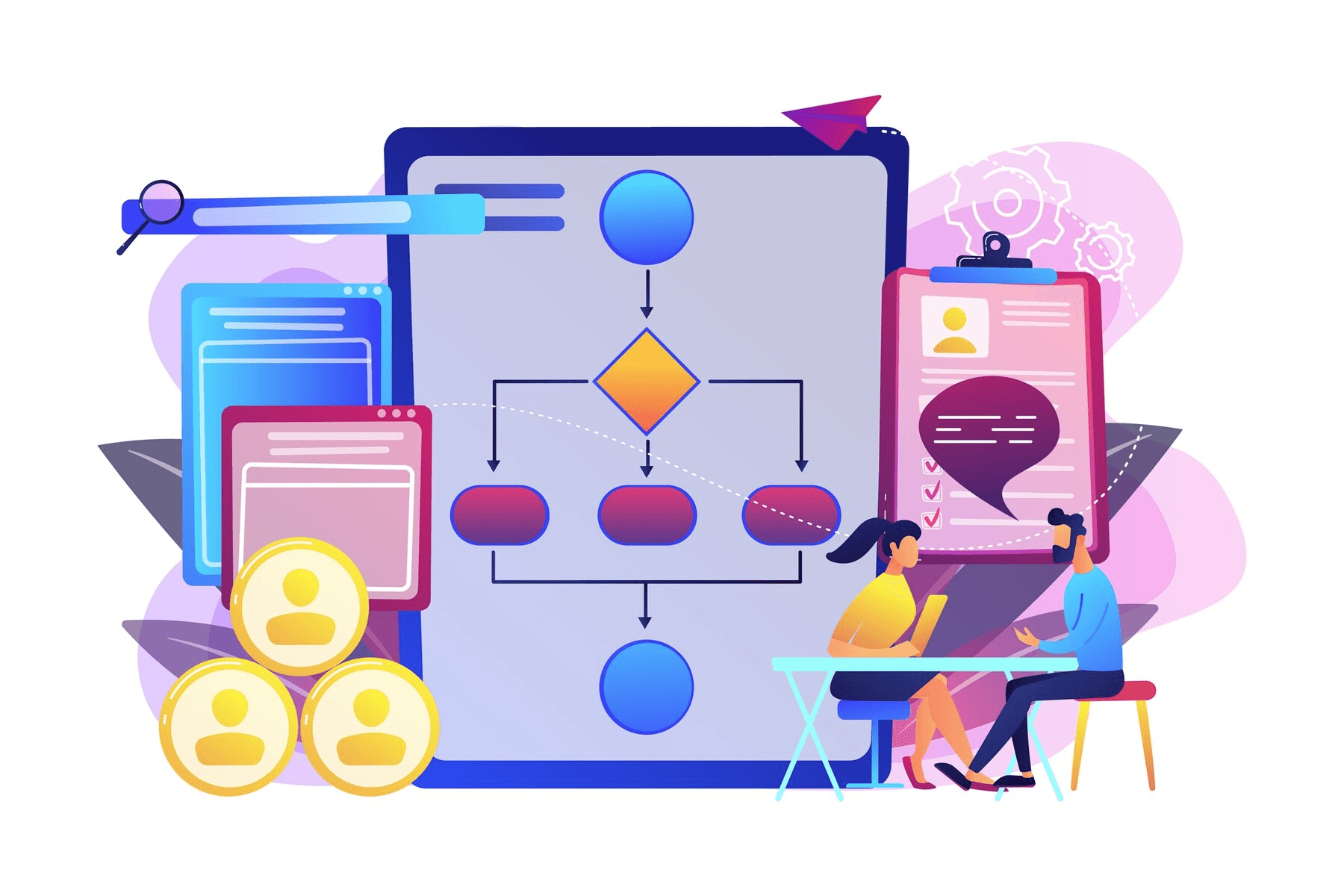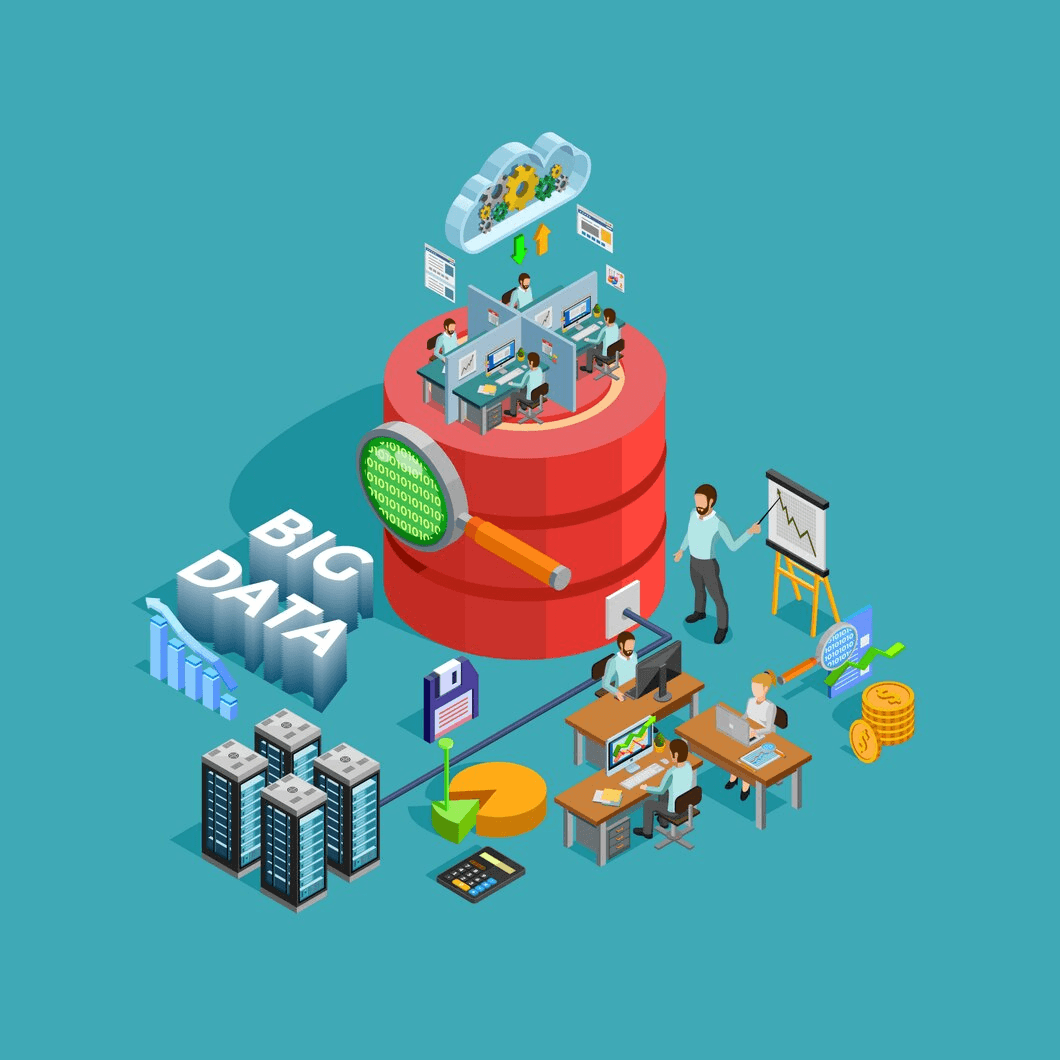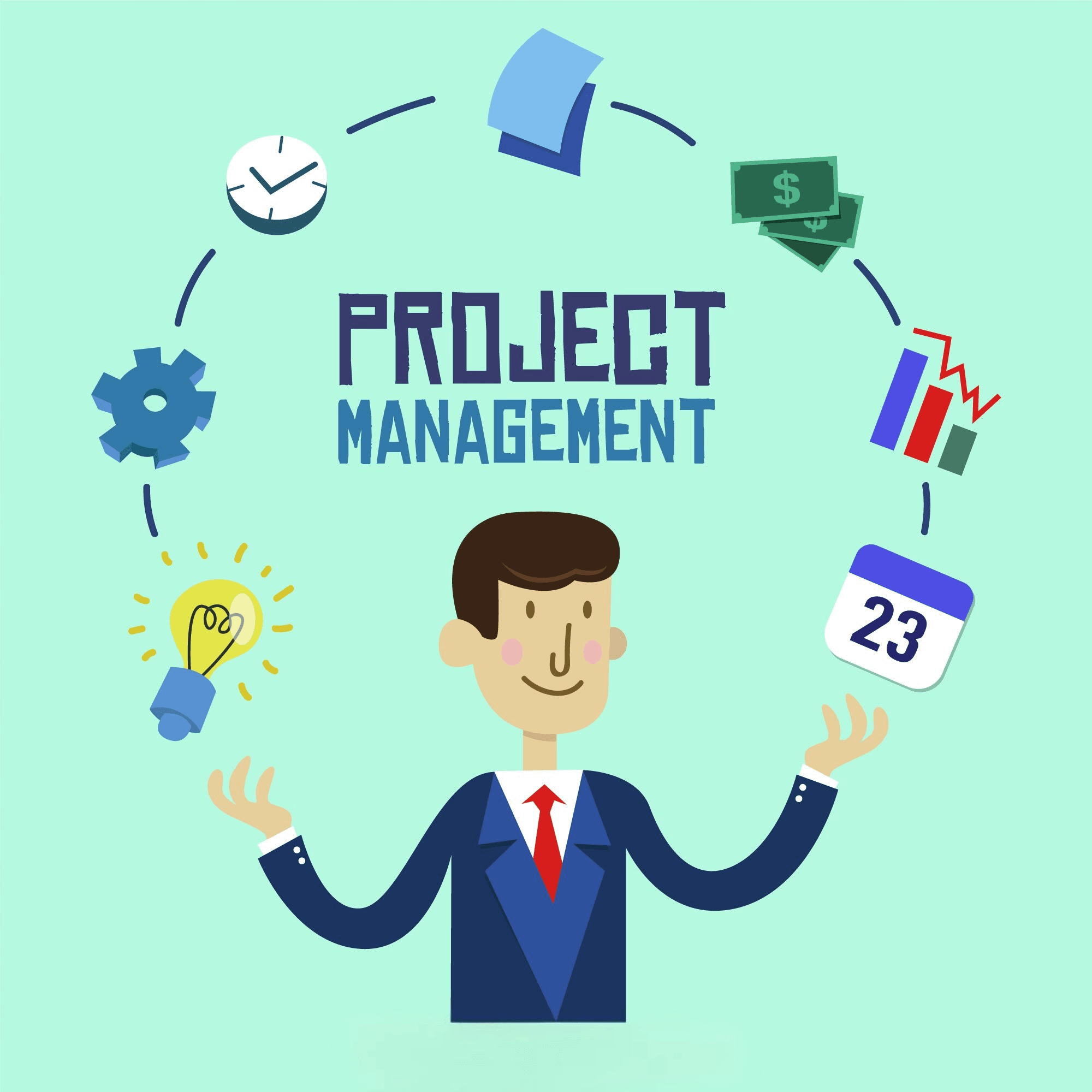Freelancers juggle multiple projects, tight deadlines, and constant client demands, all while managing their own businesses. This overwhelming responsibility not only makes it difficult to stay organized but also impacts productivity and quality of work.
As these tasks pile up, freelancers can feel like they’re drowning in a sea of competing priorities, struggling to keep up with every detail.
The good news is that there’s a way to regain control. With the right approach, freelancers can take back their time and productivity. So, how do they conquer the chaos and keep everything running smoothly? Well, you’ll be surprised at how simple it can be to stay on top of it all—no cape required.
Understanding the Critical Need for Project Management Tools
Freelancers are independent, but this independence comes with its own set of challenges. Unlike teams with project managers overseeing workflows, freelancers are often left to manage their projects without any external support.
This creates a significant burden, as they must track deadlines, coordinate tasks, handle client feedback, and maintain quality—all while trying to manage their time effectively.
Project management tools solve these problems by centralizing all aspects of a project in one platform. By consolidating task lists, communication channels, and timelines, freelancers have the power to streamline their workflows.
No longer do they have to jump between emails, task management systems, and spreadsheets. With a single tool to manage everything, freelancers stay organized, ensuring that no task is overlooked and deadlines are met without fail.
Freelancers can easily track project progress, manage multiple clients, and allocate time efficiently—all within a single platform. By creating clear workflows and automating administrative tasks, freelancers reduce the time spent on mundane activities. This frees up more hours to focus on actual project work, enhancing productivity and client satisfaction.
Task Management: The Backbone of Freelance Efficiency
Task management is the cornerstone of project management for freelancers. Without a well-organized task list, projects can quickly spiral out of control. Freelancers often work on several projects at once, each with its own set of tasks, deadlines, and client expectations.
Without a proper system to track these tasks, it becomes easy to miss critical deadlines or forget important details.
Project management tools enable freelancers to break projects down into specific, actionable tasks. Each task can be assigned a deadline, priority, and status—creating a clear roadmap of what needs to be done, by when, and by whom.
This level of detail ensures that freelancers can visualize the entire scope of their work, see how tasks interconnect and prioritize effectively. It’s no longer about keeping everything in your head; it’s about executing a plan with precision.
In addition to simple task tracking, these tools offer advanced features like recurring tasks, task dependencies, and progress tracking. Freelancers can set up tasks that repeat regularly, ensuring that routine work doesn’t fall through the cracks.
The ability to track progress on each task in real-time also allows freelancers to make necessary adjustments, ensuring everything stays on track.
Automation: Reducing Time-Consuming Admin Tasks
Administrative tasks are a necessary evil in freelancing. From managing client communications and follow-ups to sending invoices and reminders, these activities take up valuable time that freelancers would prefer to dedicate to actual project work. Project management tools address this issue by automating several of these administrative functions.
Automated reminders and follow-ups ensure that important tasks and deadlines don’t get overlooked. For instance, freelancers no longer have to manually chase clients for feedback or approvals. These tools can automatically send reminders based on the project timeline, keeping clients engaged and ensuring that work progresses on schedule.
Automation also extends to repetitive internal tasks. Freelancers can automate the creation of recurring tasks, time tracking, and even invoicing. This not only saves time but also reduces the risk of errors. As a result, freelancers spend less time on mundane administrative work and more time on high-value tasks, ultimately boosting productivity and revenue.
The Power of an Intuitive Interface
Freelancers are often on tight schedules and cannot afford to waste time navigating complex systems. An intuitive project management tool ensures that freelancers can hit the ground running without a steep learning curve.
A user-friendly interface with simple navigation helps freelancers manage projects effectively without becoming overwhelmed by unnecessary features.
The ease of use of project management tools allows freelancers to focus on their work rather than trying to figure out how to use the software. With streamlined dashboards, clearly defined task lists, and intuitive drag-and-drop features, freelancers can quickly organize their work and update project statuses in just a few clicks.
The simplicity of these tools also encourages freelancers to use them consistently, ensuring that their workflows remain organized and efficient over time.
However, simplicity does not mean a lack of features. The best project management tools provide the power of advanced functionalities—like Gantt charts, time tracking, and integrations—while maintaining a user-friendly interface. Freelancers can take full advantage of these features without feeling bogged down by complexity.
Organizing Multiple Projects with Overlapping Deadlines
Freelancers are frequently tasked with managing several projects at once. Each project often comes with its own unique timeline, deliverables, and client requirements. Managing all these variables without a system in place creates a recipe for chaos.
However, project management tools offer freelancers a way to keep all projects in order, ensuring that nothing is forgotten and no deadlines are missed. A centralized project management system allows freelancers to see an overview of all ongoing projects in one place.
Whether through a Kanban board, Gantt chart, or calendar view, freelancers can quickly visualize deadlines, task dependencies, and key milestones across multiple projects. This gives them the ability to manage priorities effectively and adjust timelines as needed without becoming overwhelmed.
The ability to shift priorities and deadlines based on real-time project updates also ensures that freelancers can respond to client needs promptly.
If a client demands a quicker turnaround on one project, the freelancer can immediately assess the impact on other projects and reallocate resources accordingly. This dynamic adaptability is vital for maintaining a smooth workflow and delivering on client expectations.
Enhancing Client Communication and Feedback Management
Clear and efficient communication with clients is critical for freelancers. Miscommunication can lead to misunderstandings, missed expectations, and costly errors. Project management tools centralize client communication, ensuring that all feedback, revisions, and approvals are tracked in real-time.
This eliminates the risk of lost emails or forgotten instructions, keeping everyone on the same page.
Clients can leave comments on specific tasks or deliverables, which freelancers can address directly within the platform. This structure reduces the need for constant back-and-forth emails, making the feedback process more organized and less time-consuming. Additionally, freelancers can track the progress of revisions, ensuring that no feedback is overlooked.
By providing clients with direct access to the project management platform, freelancers can also empower them to track project progress, see completed tasks, and add their feedback at their convenience. This level of transparency builds trust and ensures that clients are fully engaged throughout the project lifecycle.
Maximizing Time and Efficiency with Integrations
Freelancers rely on a variety of tools to complete their work—design software, time trackers, invoicing platforms, and communication tools. Managing these disparate systems without integration can be a logistical nightmare.
Project management tools that integrate with other essential applications streamline workflows and reduce friction, ensuring that freelancers can work more efficiently.
Integrations with time tracking tools allow freelancers to automatically log hours spent on tasks, while integration with invoicing platforms ensures that time worked directly translates into billable hours.
This seamless connection between tools reduces administrative burden and ensures accuracy in billing. Freelancers no longer need to manually enter data across multiple platforms, reducing the chance of errors and saving time.
Moreover, integrations with cloud storage services, like Google Drive or Dropbox, enable freelancers to share files and collaborate without switching between multiple apps. This unified system enhances workflow continuity, minimizes distractions, and keeps everything organized in one accessible place.
Ensuring Scalability and Flexibility for Growing Freelancers
As freelancers take on more clients and projects, the complexity of managing these tasks grows exponentially. Project management tools provide a scalable solution that adapts to increasing workloads and expanding client bases.
Freelancers can scale their workflows without overwhelming themselves, utilizing the tool’s features to track more tasks, clients, and projects with ease.
By creating custom workflows, setting up more detailed task dependencies, and adjusting project structures, freelancers can ensure that their tools remain flexible and capable of meeting their evolving needs.
This adaptability is crucial when transitioning from solo work to larger, more complex projects, or even when freelancers start working with collaborators or subcontractors. Project management tools also support the balance between long-term strategic goals and short-term project execution.
Freelancers can maintain the flexibility to adjust timelines and priorities while also planning for future growth, ensuring that they continue to meet client expectations as their business expands.
Conclusion
Project management tools are indispensable for freelancers aiming to streamline their work, reduce administrative burdens, and maintain high productivity levels. With efficient task management, automation, client feedback tracking, and integrations, these tools ensure that freelancers stay organized and meet deadlines consistently.
As freelancers grow and take on more complex projects, these tools help maintain scalable workflows that can adapt to evolving demands.
By embracing project management tools, freelancers regain control of their time, enhance client satisfaction, and scale their operations without compromising quality or creativity.
Pinrom offers an affordable solution at just $1/user, helping freelancers manage their work with ease and efficiency.









